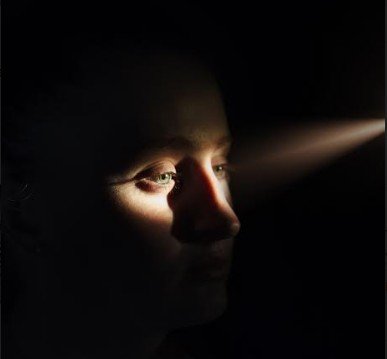Advanced non-invasive techniques can prevent recurrence of cataract


By Dr Mahipal Singh Sachdev, Chairman and Managing Director, Centre for Sight Group of Eye Hospitals.
Clouding of the lens in the eye is known as a cataract and it leads to a decrease in vision. Cataracts take time to develop and can affect one or both eyes. It usually develops in elderly people due to changes in protein content and also other diseases. It may potentially damage both eyes and you should prevent it as early as possible. Some people get cataract surgery done immediately to cure the problem.
About half the population by the age of 60 has cataracts while around 80% of the people develop it in at least one eye by the age of 70 years and thus suffer from blurred vision. Cataract surgery is the most frequently performed surgery among surgeries performed on any part of the human body, even more, frequent than heart surgery. With vision becoming increasingly blurred as the cataract progresses, it can take a toll on your life by hindering simple day-to-day activities like going for walks, reading, knitting, etc. With improved vision after cataract surgery, you can now live a better-quality life with a clear vision and doing activities that you love.
How does cataract affect vision?
The eye lens is made up of protein and water. During cataracts, protein reduces the sharpness of the vision and reduces the amount of light that reaches the retina. In a severe form, it can blur the vision as most of the cataract problems occur due to protein clumps. The lens slowly changes colour and you may get a brownish shade vision.
It becomes more difficult for you to read and perform other tasks in your day-to-day life. The lens gets discoloured and you find it difficult to identify things. Once you have this kind of problem, you should immediately consult an eye doctor.
Symptoms of cataract:
It tends to appear in people of the older age group and the colour of lens of the eye gradually becomes cloudy. Some of the other symptoms of the cataract are:
- Vision is affected by small spots and dots
- Some small patches appear in the blur part of the vision
- Vision becomes worse and people get glare vision
- Double vision or multiple visions in one eye
- Struggle with glasses and contact lenses
- Causes pain and inflammation
Treatment of cataract:
It is a better option to cure the cataract and improve the vision. Surgery is an effective treatment to cure the contract. It involves removing the lens and installing an artificial lens. Surgery is right option as it provides you with long-term benefits. The professional will suggest you solutions according to your body condition and history and then suggest options to remove the cataract. The surgery is performed on each eye at different times. After the surgery you should regularly use eye drops to keep your eyes safe and away from any kind of infections.
The latest technology in the field of cataract removal is Femtosecond Laser technology or Robotic Blade free laser cataract surgery, which is a leap ahead of the traditional Phacoemulsification cataract surgery (a manual technique, where the surgeon makes cuts in the cornea using a hand-held blade). With the use of femtosecond laser, each aspect of this procedure is now automated and monitored by the computer leading to safer, quicker surgery and accurate results each time.
In contrast to conventional cataract surgery, the innovative Femtosecond Laser technology allows for the creation of corneal incisions with computer-guided Laser controlled precision. The laser also fragments the cataract into tiny pieces which can then be safely removed by the surgeon. The critical high-resolution eye image mapping and measurements that are used to plan and perform the Femtosecond laser cataract surgery to exact specifications are not attainable with traditional surgery. With the use of a femtosecond laser, each aspect of this advanced Blade free cataract surgery is automatically programmed and monitored by the computer. Earlier co-existing astigmatism required the patient to wear spectacles even after surgery but now with Femtosecond cataract surgery; astigmatism (up to 2 dioptres) is also treatable hence doing away with the hassle of spectacles post-cataract surgery.
Save Your Eyes from the Sun
Protect your eyes from UV rays as they act as a catalyst in the formation of cataracts. To reduce the exposure when you are out, you can wear a hat and also keep sunglasses with UVA/UVB protection handy for all seasons.
Eat right
According to studies, people with diabetes are at a greater risk for developing this issue. That’s why maintaining a healthy blood sugar level is very important for both your health and the health of your vision.
As per the same studies, Vitamin supplements are a great way to make up for those nutrients we don’t get enough of in our daily diet. So, eating foods rich in anti-oxidants, such as beta-carotene, selenium, and vitamins C and E is necessary to avoid cataract development.
